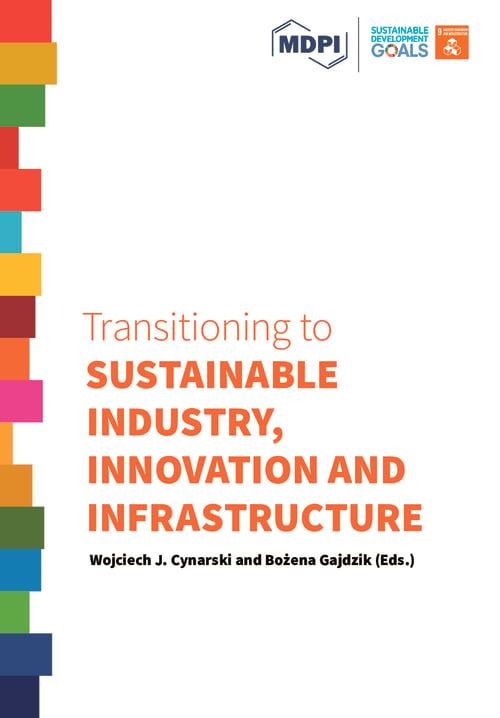Unsustainable Development: A Case Study of Urban Planning History and Pandemic Trends in the United States
The United States saw unprecedented growth after World War II in several key sectors including transportation. The boom in population was accompanied by a rise in huge, sprawling suburbs around hundreds of major cities. In addition to the inefficient use of resources, car-centric design is dangerous, causes pollution, and discourages walking and cycling. The diffuse nature of the population in these developments puts tremendous strain on infrastructure and local municipal budgets. This leads to neglected and decaying infrastructure and disproportionately affects segments of the population least able to effect change. This study examines the historical reasons for the current state of suburban development in the US. It explains several key features of urban planning, such as car-centric design and single-family zoning, and the issues they cause, namely rising home prices, pollution, and municipal insolvency. Case studies of recent infrastructure failures are cited. Changes in historical trends brought on by the COVID-19 pandemic are highlighted: migration out of cities, resultant effects on various industries, and changes in public transit. Finally, forthcoming policy and industry changes are discussed along with suggestions to address the problems described. Chiefly, these include rethinking urban design, making cities more pedestrian friendly, investing in public transit, and relaxing restrictive zoning laws to allow denser construction.
